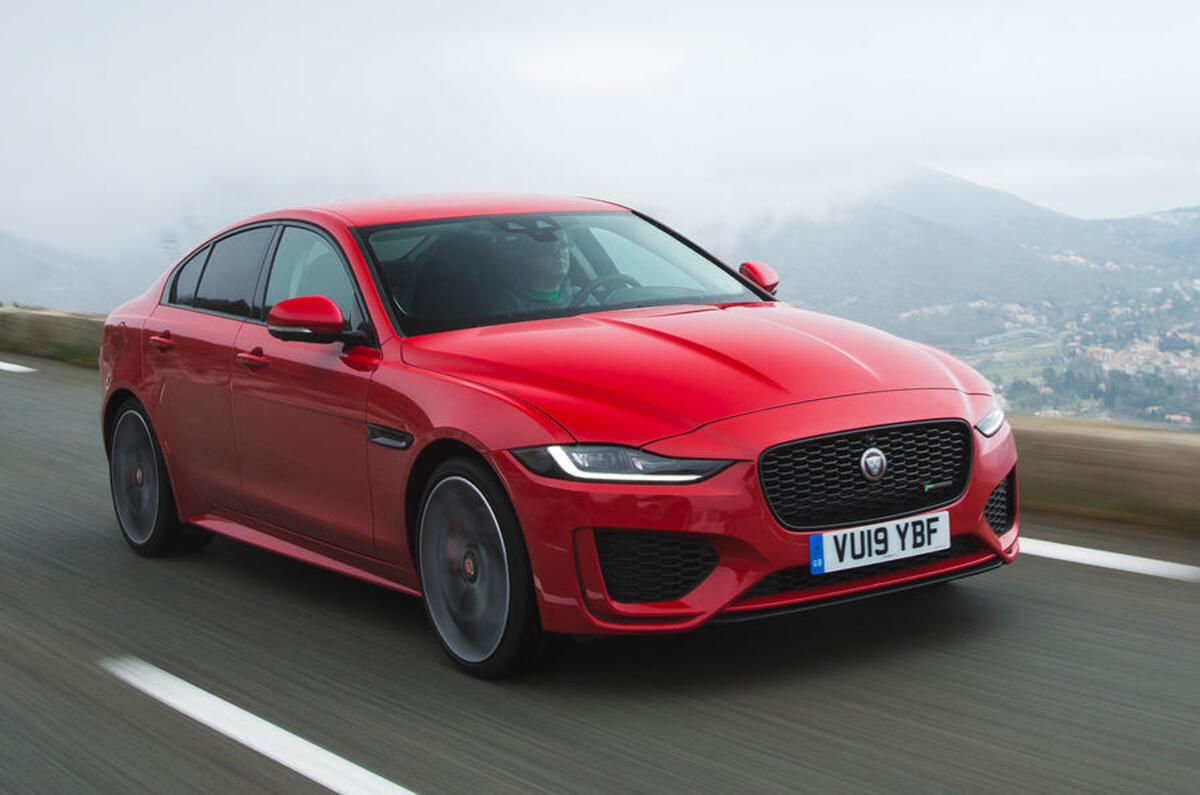Jaguar today has “no equity whatsoever”, JLR chief creative officer Gerry McGovern told investors at a conference in June.
So how will JLR build up a brand and capture buyers in the £100,000-plus luxury space it wants to occupy if it has no meaningful brand power in the market?




Add your comment